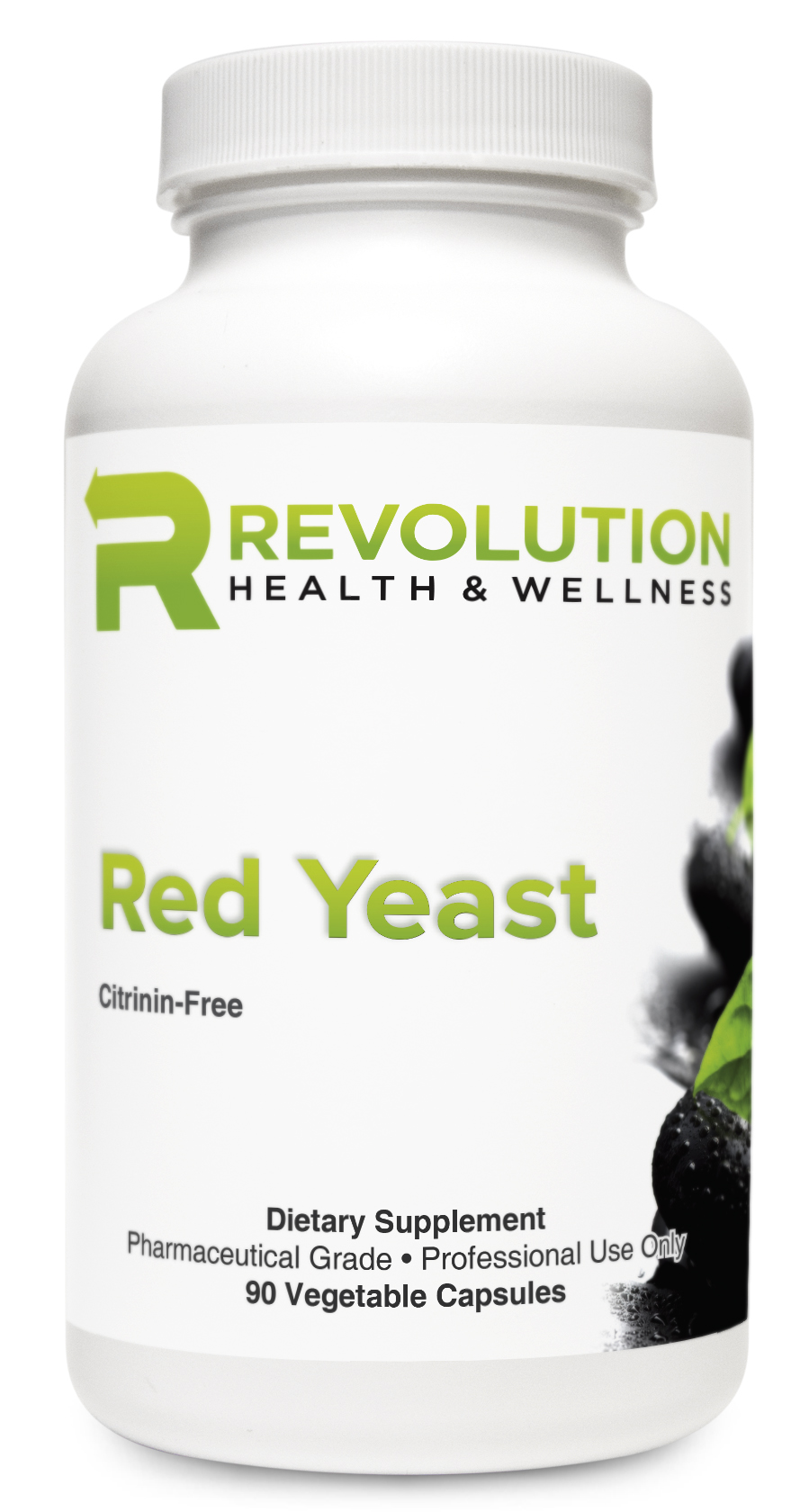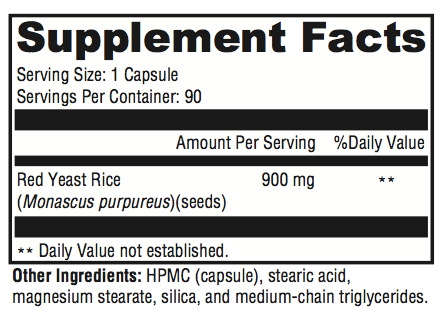
The potential benefits of consuming RYR or its supplement form, RYRE (red yeast rice extract), are multifaceted. In Traditional Chinese Medicine, the powdered form is called Hong Qu, Hong Mi, or Chi Qu. Considered sweet, acidic, and warm, it is used to strengthen the spleen and stomach, thereby promoting digestion, invigorating blood circulation, and eliminating blood stasis. In vitro work suggests that RYR downregulates adipogenic transcription factors, such as PPAR gamma and other genes that differentiate adipocytes.
Researchers believe that certain fermentation products of RYR influence enzymes involved in cholesterol biosynthesis. In addition, a study utilizing hamsters concluded that “the activity of RYR is, at least, partially mediated by enhancement of acidic sterol excretion.” RYR also contains various pigments, tannins, phytochemicals such as sterols and isoflavones, and mono-unsaturated fatty acids, all of which may work synergistically with the active fermentation products.
Since 1996, there have been no fewer than nine randomized, controlled RYR/RYRE trials involving thousands of subjects. Studies since the 1970s have demonstrated that RYRE supports healthy blood lipid levels already in the normal range. The medical literature associated with these studies includes comparative, case series, and dosing studies. Because there is evidence that use of RYR can deplete coenzyme Q10, co-supplementation is recommended.
In its natural state, RYRE may contain a secondary metabolite of the Monascus species called citrinin, which is a mycotoxin. Accordingly, Revolution Health & Wellness carefully tests and documents every batch of RYRE raw material to assure its safety. Repeated analysis has found Revolution Health & Wellness’s Red Yeast Rice to be so well within the limits of safety that it earns the designation “citrinin-free.”
Directions:
Take one capsule one to three times daily, or as directed by your healthcare practitioner.
Individuals that have liver disease, have had an organ transplant, or are taking prescription drugs should consult their healthcare practitioner prior to use. Do not use if tamper seal is damaged.
References:
1. Becker DJ, Gordon RY, Halbert SC, et.al. Red yeast rice for dyslipidemia in statin-intolerant patients: a randomized trial. Ann Intern Med. 2009 Jun 16;150(12):830-09, W147-49. [PMID: 19528562]
2. Bianchi A. Extracts of Monascusus purpureus beyond statins—profile of efficacy and safety of the use of extracts of Monascus purpureus. Chin J Integr Med. 2005 Dec;11(4):309-13. Review. [PMID: 16417786 ]
3. Wang TH, Lin TF. Monascus rice products. Adv Food Nutr Res. 2007;53:123-59. Review. [PMID: 17900498]
4. Heber D, Yip I, Ashley JM, et al. Cholesterol-lowering effects of a proprietary Chinese red yeast rice dietary supplement. Am J Clin Nutr. 1999;69:231-36. [PMID: 9989685]
5. Qin SC, Zhang WQ, Qi P, et al. A Monascus purpureus rice preparation reduces serum cholesterol and triacylglycerols in elderly with primary hyperlipidemia: A randomized, double-blind clinical trial. National Medical Association Scientific Assembly. August 1-6, 1998. www.px2.com.tw/poster/No8.RY1%20Cn%20study%20poster.pdf. Accessed April 22, 2012.
6. Li JJ, Lu ZL, Kou WR, et al. Chinese Coronary Secondary Prevention Study Group Beneficial impact of Xuezhikang on cardiovascular events and mortality in elderly hypertensive patients with previous myocardial infarction from the China Coronary Secondary Prevention Study (CCSPS). J Clin Pharmacol. 2009 Aug;49(8):947-56. [PMID 19602720]
7. Monograph. Monascus purpureus (red yeast rice). Altern Med Rev. 2004 Jun;9(2):208-10 [PMID: 15253679]
8. Hung Qu (Monascus). In: Chen JK, Chen TT. Chinese Medical Herbology and Pharmacology. City of Industry, CA: Art of Medicine Press; 2001:527-528.
9. Jeon T, Hwang SG, Hirai S, et al. Red yeast rice extracts suppress adipogenesis by down-regulating adipogenic transcription factors and gene expression in 3T3-L1 cells. Life Sci. 2004 Nov 12;75(26):3195-203. [PMID: 15488898]
10. Ma KY, Zhang ZS, Zhao SX, et al. Red yeast rice increases excretion of bile acids in hamsters. Biomed Environ Sci. 2009 Aug;22(4):269-77. [PMID: 19950521]
11. Halbert SC, French B, Gordon RY, et al. Tolerability of red yeast rice (2,400 mg twice daily) versus pravastatin (20 mg twice daily) in patients with previous statin intolerance. Am J Cardiol. 2010 Jan 15;105(2):198-204. [PMID: 20102918]
12. Gordon RY, Becker DJ. The role of red yeast rice for the physician. Curr Atheroscler Rep. 2011 Feb;13(1):73-80. Review. [PMID: 21061097]
13. Vercelli L, Mongini T, Olivero N, et al. Chinese red rice depletes muscle coenzyme Q10 and maintains muscle damage after discontinuation of statin treatment. J Am Geriatr Soc. 2006 Apr;54(4):718-20. [PMID: 16686894]
14. Assay available upon request.








